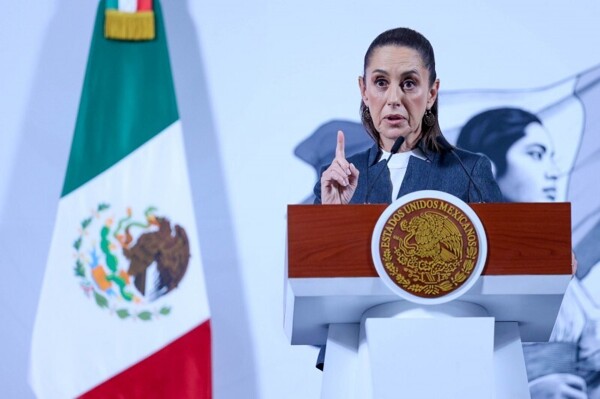
In January, remittance income sent to Mexico totaled 4 billion 660 million dollars, representing an annual increase of 1.9%. According to data from the Bank of Mexico (Banxico), this increase is the most moderate since the fall reported in early 2015. The total income corresponds to 12.1 million transactions, with an average transfer of 385 dollars. During that month, there was a 2.9% increase in the number of transfers and a decrease of 0.9% in the average amount of remittances.
Compared to the previous month, remittances experienced a drop of 10.8% in January, marking the third consecutive month of decline. Gabriela Siller, director of economic-financial analysis at Grupo Financiero Base, explained that this decrease is due to seasonal factors, the weakness of the labor market in the United States, and the fear of being deported, which has led many people to avoid leaving their homes.
Julio Santaella, former president of INEGI, pointed out that the amount of remittances has been driven by the fear of anti-immigrant measures. According to seasonally adjusted data, remittance income showed a monthly increase of 6.6%, confirming the high volatility that has characterized this series in recent months.
Despite concerns about the deportation of migrants and the policies of the new administration of Donald Trump, Banxico clarified that between February 2024 and January 2025, the accumulated flow of remittance income was 64 billion 833 million dollars, a figure close to the accumulated amount until last December. In January of this year, remittances sent abroad by residents in Mexico reached 110 million dollars, originating from 246 thousand operations, with an average transfer of 446 dollars. Outflows from remittances showed an annual increase of 2.1%, resulting from the combination of a decrease in the number of transfers and an increase in their average value.














